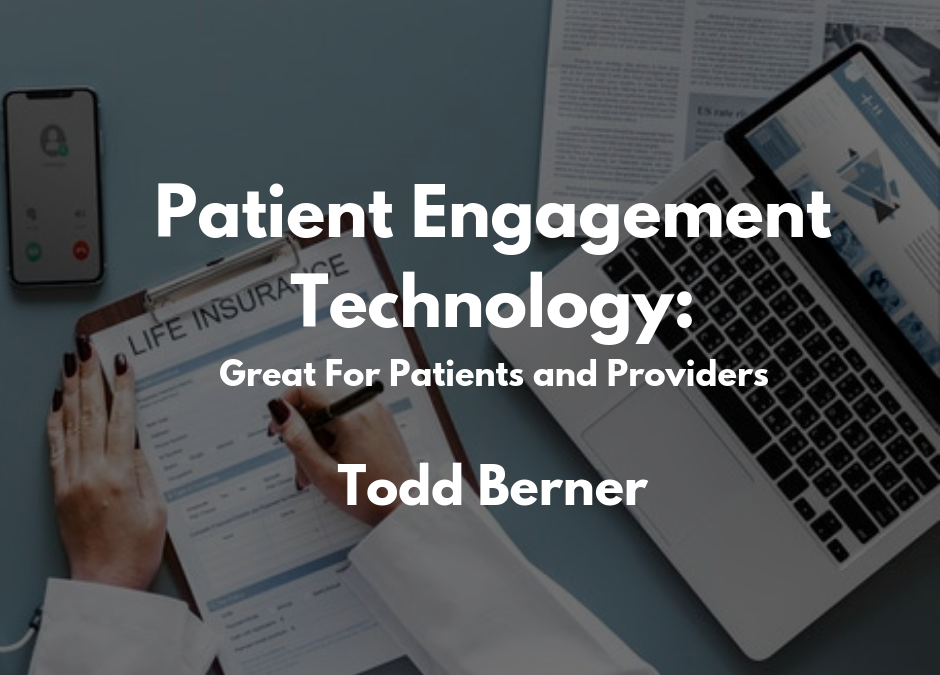Patient engagement technology is a huge focus in the medical community for its potential to solve a range of problems. Communications, medication scheduling, and patient education are all areas that patient engagement technology helps improve. Implementing this technology is valuable for patients and care providers alike.
When patients are more engaged in their healthcare and decision-making, they tend to be healthier and have better outcomes. All patients can benefit from this engagement technology, but the benefits are particularly notable for those with chronic diseases such as diabetes.
Through user-friendly apps and portals, patients can view lab results and medical records. In the past, patients have had to submit a formal request to access their medical records, a process that could take weeks or months. The lack of convenience and accessibility sow the misconception that patients don’t have a right to view their own medical records. When the information is at the tips of their fingers, patients are more involved with their own health.
Another exciting aspect is the increase in the provider-to-patient communication. Through communication tools, patients can easily communicate with their healthcare provider through text or email. This convenience will especially benefit younger generations and promote an interest in lifelong wellness.
Patient care is always a top priority for care providers. When they find something that helps patients while also benefiting their overall process, it’s a win-win.
In one survey, 95% of physicians said they used some type of patient engagement tool to provide better patient experience. Some examples included:
- a waiting room education screen
- tools that connected patients to care outside of the clinic
- handheld tablets in the exam room
Implementing this technology has transformed healthcare from where it was a decade ago. Additional options are only growing as the technology advances.
In fact, administrative simplification is a common request from healthcare providers. When the administrative processes are easier, they will be able to dedicate more time to their patients.
This one-on-one patient interaction will be valuable for the physicians as well. Physician burnout is a huge problem in the medical community, with 78% of physicians in one study admitting to being plagued by some amount of burnout. Oftentimes, quality reporting takes time away from the meaningful patient interactions that make a provider’s job worthwhile. Technology that improves the efficiency of a provider’s reporting process essentially improves both patient care and physician happiness.
A more patient-centered and technology-driven future is on the horizon for the healthcare industry. With data confirming that both providers and patients are reaping the benefits, the future is promising.
